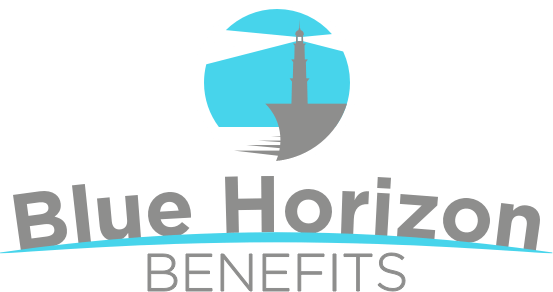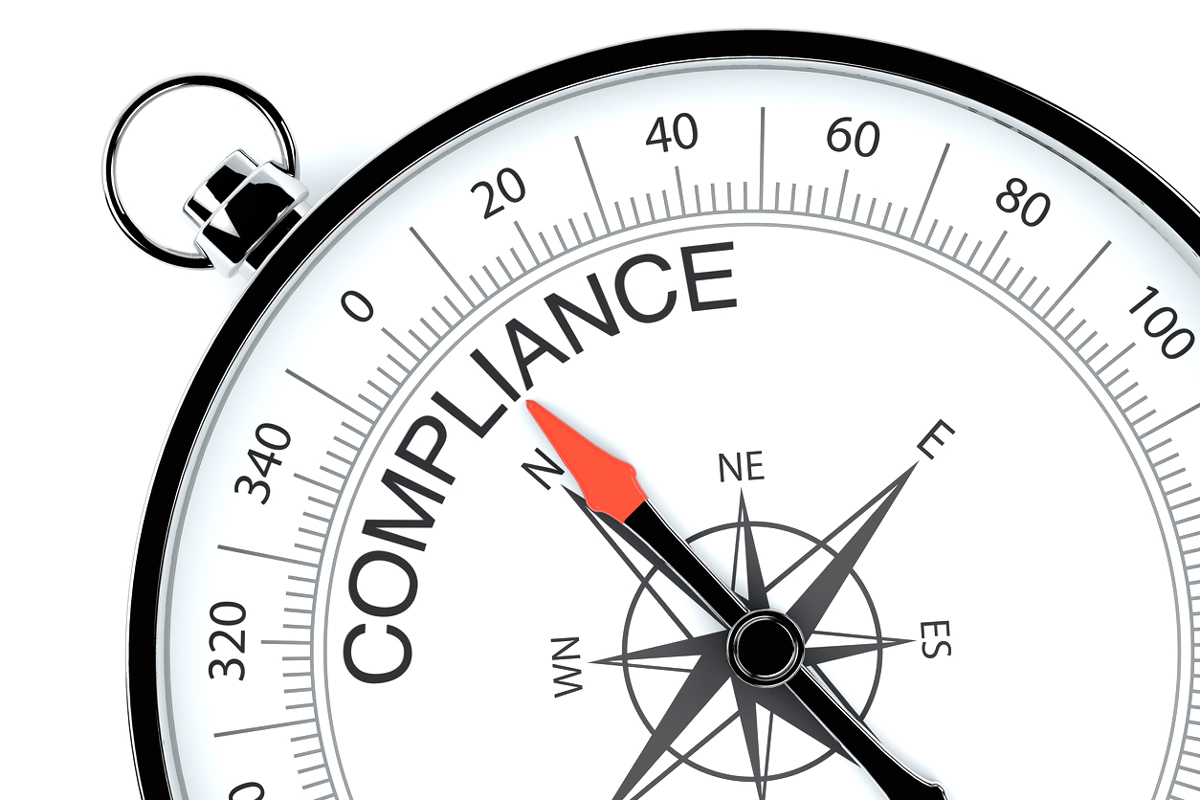EEOC Proposes New Workplace Anti-Harassment Guidance
The Equal Employment Opportunity Commission has issued proposed language to update its guidance on harassment in the workplace.
The proposed guidance “reflects notable changes in law, including the Supreme Court’s 2020 decision in Bostock vs. Clayton County (which held that LGBTQ individuals are protected from workplace discrimination under Title VII), the #MeToo movement and emerging issues, such as virtual or online harassment,” the EEOC wrote in its introduction to the proposed guidance.
The agency polices discrimination in American workplaces, and harassment falls under that banner. Between 2018 and 2022, 35% of the charges of employment discrimination filed included an allegation of harassment based on race, color, national origin, religion, sex (including pregnancy, sexual orientation and transgender status), age, disability or genetic information.
Employers should read the guidance to understand the many forms of harassment — and in particular harassment against any LGBTQ workers, since they are the most recent group to receive protected status.
LGBTQ harassment
The Bostock ruling found that harassment based on sexual orientation and gender identity, including how identity is expressed, constitutes sex-based discrimination. According to the EEOC, guidance this type of harassment can manifest in the workplace via:
- Physical assault;
- Epithets regarding sexual orientation or gender identity;
- The denial of access to a bathroom or other sex-segregated facility consistent with the individual’s gender identity;
- Intentional and repeated use of a name or pronoun inconsistent with the individual’s gender identity (which is known as “misgendering”); or
- Harassment because an individual does not present in a manner that would stereotypically be associated with that person’s gender.
The guidance provides examples that illustrate the many nuances of harassment.
In its guidance, the EEOC cites the following example of indirect LGBTQ harassment:
“Keith and his colleagues work in an open-cubicle style office environment, and they frequently make derogatory comments about gay men and lesbians.
“Horatio, who is gay, overhears the comments on a regular basis and is offended by them, even though they are not directed at him.
“Based on these facts, the conduct is facially discriminatory and subjects Horatio to harassment based on sexual orientation (which is a form of sex-based harassment), even though he was not specifically targeted by the comments.”
It also offered this example of harassment based on gender identity from a case in Philadelphia:
“Jennifer, a cashier at a fast food restaurant who identifies as female, alleges that supervisors, coworkers, and customers regularly and intentionally misgender her.
“One of her supervisors, Allison, frequently uses Jennifer’s prior male name, male pronouns, and “dude” when referring to Jennifer, despite Jennifer’s request for Allison to use her correct name and pronouns; other managers also intentionally refer to Jennifer as “he.”
“Coworkers have asked Jennifer questions about her sexual orientation … and asserted that she was not female. Customers also have intentionally misgendered Jennifer and made threatening statements to her, but her supervisors did not address the harassment and instead reassigned her to duties outside of the view of customers.
“Based on these facts, Jennifer has alleged harassment based on her gender identity.“
What you can do
The EEOC recommends that employers create an effective anti-harassment policy, which is widely disseminated, and that:
- Defines what conduct is prohibited.
- Requires that supervisors report harassment when they become aware of it.
- Offers multiple reporting avenues for an employee, during both work hours and other times (weekends or evenings).
- Identifies accessible points of contact to report harassment (complete with contact information).
- Explains the employer’s complaint process, including the ability to bypass a supervisor, along with anti-retaliation and confidentiality protections.
For an employer’s complaint process to be effective, at a minimum, it should provide:
- For prompt and effective investigations and corrective action;
- Adequate confidentiality protections; and
- Adequate anti-retaliation protections.
The final step in it all is training your employees and supervisors on your anti-discrimination and harassment policy. You can use the EEOC guidance to provide examples of harassment and provide information about your employees’ rights if they experience workplace harassment.
Supervisors and managers should receive additional training, including the importance of taking complaints seriously and not retaliating against anyone who makes a complaint.









